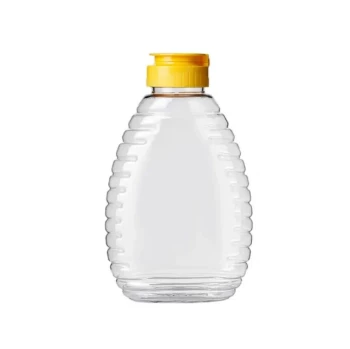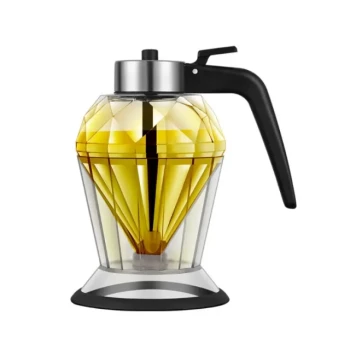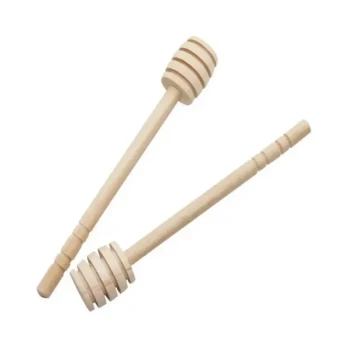To properly store honey, you must keep it in a tightly sealed container in a cool, dark location away from direct sunlight and heat sources. The ideal container is glass or food-safe plastic, as metal containers can cause oxidation and alter the honey's quality.
The core principle of honey storage is environmental control. Honey's greatest enemies are heat, light, and moisture; mastering these three factors is the key to preserving its flavor, nutritional value, and near-indefinite shelf life.
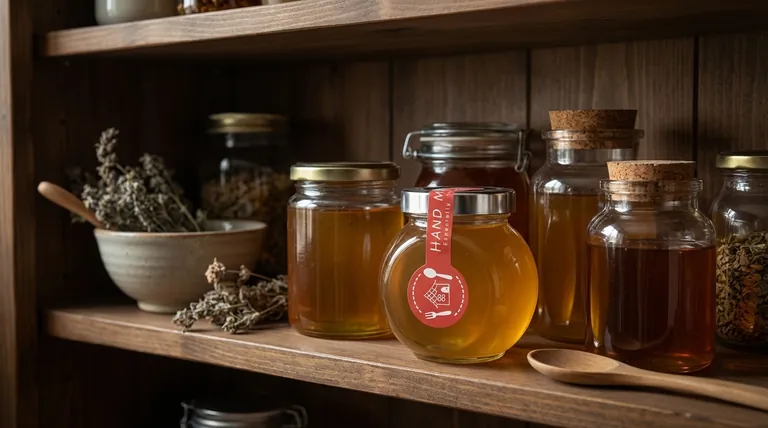
Why Proper Storage is Critical
Understanding the "why" behind storage rules allows you to make better decisions. Honey is a remarkably stable substance, but its premium qualities are surprisingly fragile.
Preserving Flavor and Aroma
Heat and light degrade the delicate enzymes and aromatic compounds that give different honey varietals their unique character. Improper storage can make a complex, floral honey taste one-dimensionally sweet.
Maintaining Nutritional Integrity
For raw honey, in particular, cool storage is essential. Heat can destroy the beneficial enzymes and antioxidants that are a primary reason for its consumption.
Slowing Natural Crystallization
Crystallization is a natural process where glucose separates from the water in honey. While not a sign of spoilage, storing honey at a consistent, cool room temperature helps slow this process significantly.
The Three Pillars of Honey Storage
Your storage strategy should focus on defending against three specific environmental threats.
Pillar 1: Consistent, Cool Temperature
Honey does not need to be refrigerated. A stable room temperature, ideally in a pantry or cupboard, is perfect.
Avoid storing it near heat-producing appliances like a stove, oven, or even on top of the refrigerator, as these areas experience significant temperature fluctuations.
Pillar 2: Protection from Light
Direct sunlight is detrimental. Its UV rays accelerate the breakdown of enzymes and can darken the honey's color over time.
A dark cupboard or pantry is the ideal location to protect it from any light exposure.
Pillar 3: An Airtight Seal
Honey is hygroscopic, meaning it naturally absorbs moisture from the air. An airtight container is non-negotiable.
If honey's water content rises above about 18%, it can begin to ferment. A tight seal also protects it from absorbing strong odors from nearby foods.
Understanding the Trade-offs and Best Practices
The container you use and how you handle the honey matter just as much as where you put it.
The Best Choices: Glass and Food-Safe Plastic
Glass is the gold standard because it's non-porous and completely inert. The original container or any clean glass jar with a tight-fitting lid is an excellent choice. Food-safe plastic is also acceptable.
The Critical Mistake: Avoiding Metal
Never store honey in metal containers (unless they are stainless steel or specifically coated for food). The slight acidity of honey can react with metals, causing oxidation that contaminates the honey and imparts a metallic taste.
A Note on Handling
Always use a dry spoon when scooping honey. Introducing even a small amount of water from a wet utensil can create a micro-environment for yeast to grow, potentially leading to fermentation.
Making the Right Choice for Your Goal
Your storage method can be adapted slightly based on your usage patterns and priorities.
- If your primary focus is long-term preservation: Store the honey in its original sealed container or a glass jar in the back of a cool, dark pantry.
- If you are using the honey daily: It is perfectly fine to keep a smaller jar on the counter, as long as it is sealed and away from the stove and direct sunlight.
- If your raw honey has crystallized: Gently place the glass jar in a bowl of warm (not hot) water until the crystals dissolve, being careful not to overheat it and damage its beneficial properties.
By controlling its environment, you provide your honey the stability it needs to remain a perfect food for years to come.
Summary Table:
| Storage Factor | Key Requirement | Why It Matters |
|---|---|---|
| Temperature | Cool, stable room temperature | Prevents flavor degradation and slows crystallization |
| Light | Store in a dark place | Protects enzymes and color from UV damage |
| Container | Airtight glass or food-safe plastic | Prevents moisture absorption and oxidation |
| Handling | Use a dry, clean spoon | Avoids introducing moisture that can cause fermentation |
Need reliable, high-quality beekeeping supplies to ensure your honey is stored perfectly from hive to table? HONESTBEE specializes in providing commercial apiaries and beekeeping equipment distributors with wholesale-focused solutions, including durable, food-safe storage containers and essential apiary equipment. Protect your product's quality and maximize its shelf life with our professional-grade supplies. Contact our experts today to discuss your wholesale needs and discover how we can support your operation's success.
Visual Guide
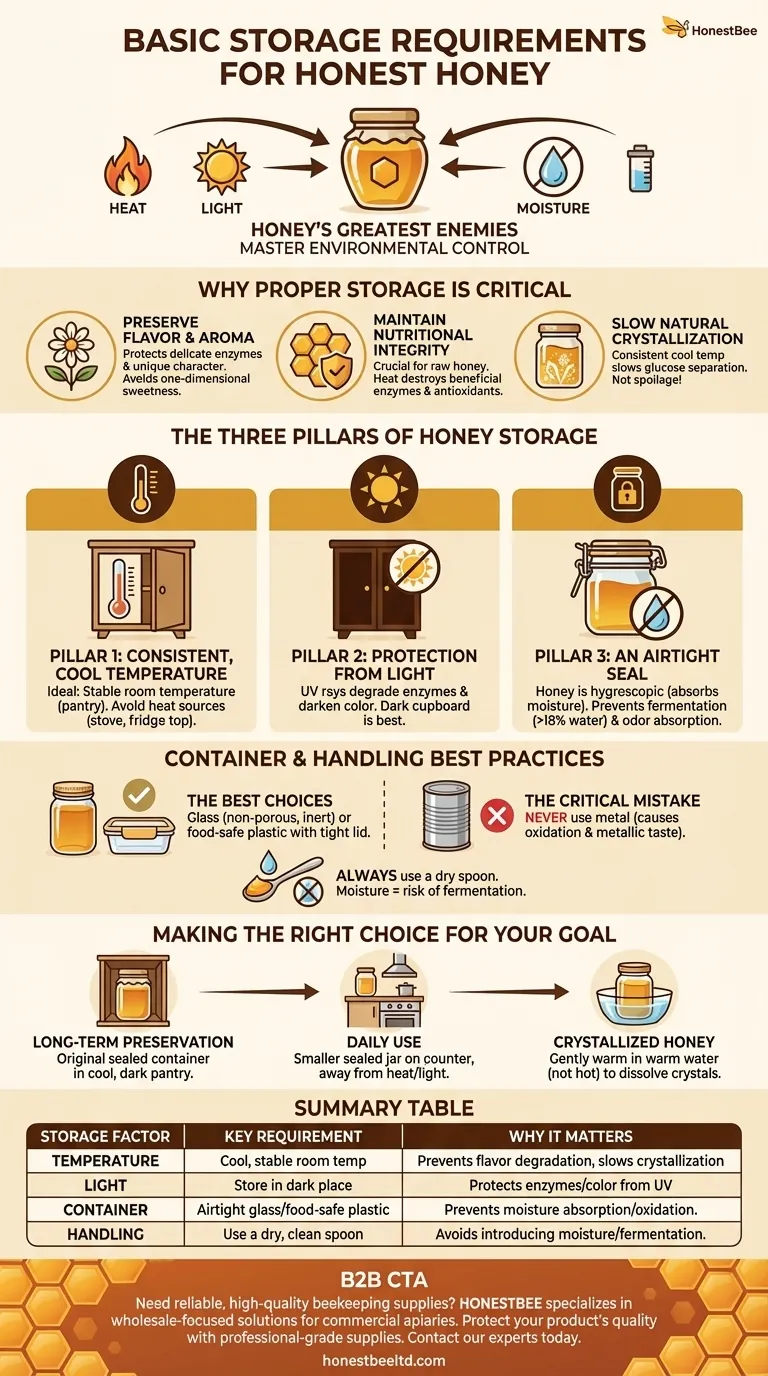
Related Products
- Classic Drum Shaped Glass Honey Jar with Airtight Lid
- Squeezable No-Drip Beehive-Shaped Honey Jars with Flip-Top Cap
- Inverted Squeezable Honey Jar with No Drip Flip Top Cap for Easy Pouring
- Food Grade Plastic Honey Bucket Pail for Beekeeping
- Premium Diamond-Faceted Glass Honey Dispenser
People Also Ask
- What makes raw honey more aesthetically appealing than processed honey? Discover the Beauty of Authenticity
- Why is honey packaging important? Protect Quality, Build Your Brand & Boost Sales
- What precautions should be taken when packing honey? Ensure Quality from Hive to Jar
- Which container is best for storing honey? Preserve Purity & Flavor with the Right Choice
- What is done with the honey after extraction and filtering? From Purification to Perfect Packaging

